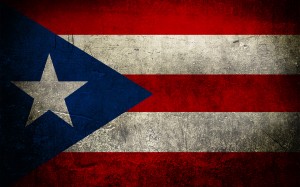 Puerto Rico Population 2013
Puerto Rico Population 2013
The current population of the Commonwealth of Puerto Rico, a territory of the United States, is estimated to be about 3.667 million, which is a decrease of about 1.1% from the last record of the population. The population is the 130th most populous country (or territory) in the entire world. Based on the total land area and the total population of the territory, the population density of Puerto Rico is about 1,082 people per square mile.
Demographics of Puerto Rico
The median age of all those living in the territory of Puerto Rico is 36, which is a much higher median age than those living in the United States. Also about 37% of those in the territory are married. About 22% of the population has a bachelor’s degree.
The largest ethnic, racial demographic in the territory of Puerto Rico is the Spanish group, which makes up about 76% of the population. The Black or African American group makes up about 7% of the population. Lastly, about 4.4% of the population identifies as some mixed race.
The life expectancy for males is about 75.5 years, while the life expectancy for females is about 83 years. Also, the fertility rate is about 1.6 children born per woman each year. Lastly, the maternal mortality rate is about 20 deaths per 100,000 live births.
Religion in Puerto Rico
The Constitution of Puerto Rico guarantees the Freedom of Religion for all different faiths. However, the major religion in the territory now is the Roman Catholic Church, which makes up about 85% of the territory. The many Protestant churches make up about 8% of the territory. Those who do not affiliate with a religious organization make up about 2.3% of the territory.
Sports in Puerto Rico
The most popular sport in Puerto Rico is baseball. The baseball season in the country takes place from November to January. This allows many players to also participate in Major League Baseball in the United States of America. Another big sport in Puerto Rico is boxing. The Coliseo de Puerto Rico, otherwise known as the Coliseum, hosts many of the major boxing events. Seven Puerto Ricans are currently in the Boxing Hall of Fame. Lastly, despite the controversy surrounding it, cockfighting is a popular sporting event/activity in the territory.
Economy of Puerto Rico
Over the course of the past few years, the annual Gross Domestic Product has decreased in value. The most recent estimate of the GDP is $64.8 billion, which is a decrease of about 5.8% from the previous year. Also, the unemployment rate has been increasingly worse from year to year. In 2011, the unemployment rate was estimated to be about 16%. Dairy production and livestock are the major sources of income, specifically in terms of the agricultural sector of the economy. Tourism is also another large portion of the economy of the territory.
Puerto Rico Population Rise
Historical Population of Puerto Rico
Over the course of the past decade, the population of the territory of Puerto Rico has stayed fairly steady, despite decreasing for the most part since the beginning of the turn of the century. However, the population of Puerto Rico has been greater than the population of Jamaica at least since the turn of the century.
| Year | Population |
| 2000 | 3,811,000 |
| 2001 | 3,819,000 |
| 2002 | 3,824,000 |
| 2003 | 3,826,000 |
| 2004 | 3,827,000 |
| 2005 | 3,821,000 |
| 2006 | 3,805,000 |
| 2007 | 3,783,000 |
| 2008 | 3,761,000 |
| 2009 | 3,740,000 |
| 2010 | 3,722,000 |
| 2011 | 3,707,000 |



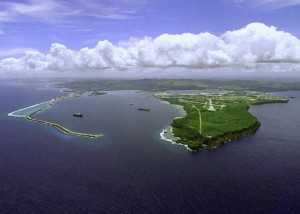 Guam Population 2013
Guam Population 2013 Education in Guam
Education in Guam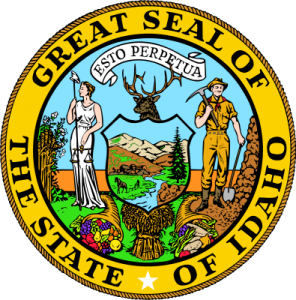 Idaho Population 2013
Idaho Population 2013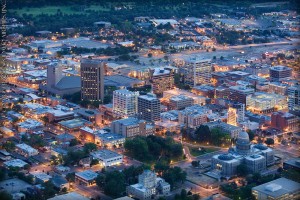 Idaho Economy
Idaho Economy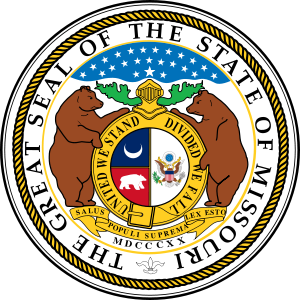 Missouri Population 2013
Missouri Population 2013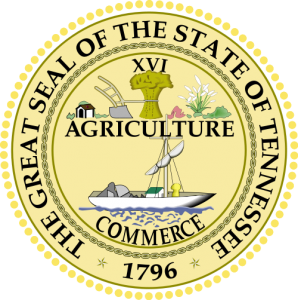 Tennessee Population 2013
Tennessee Population 2013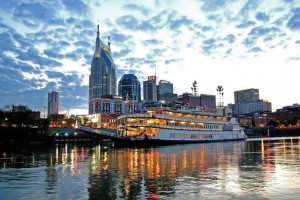 Tennessee Religion
Tennessee Religion